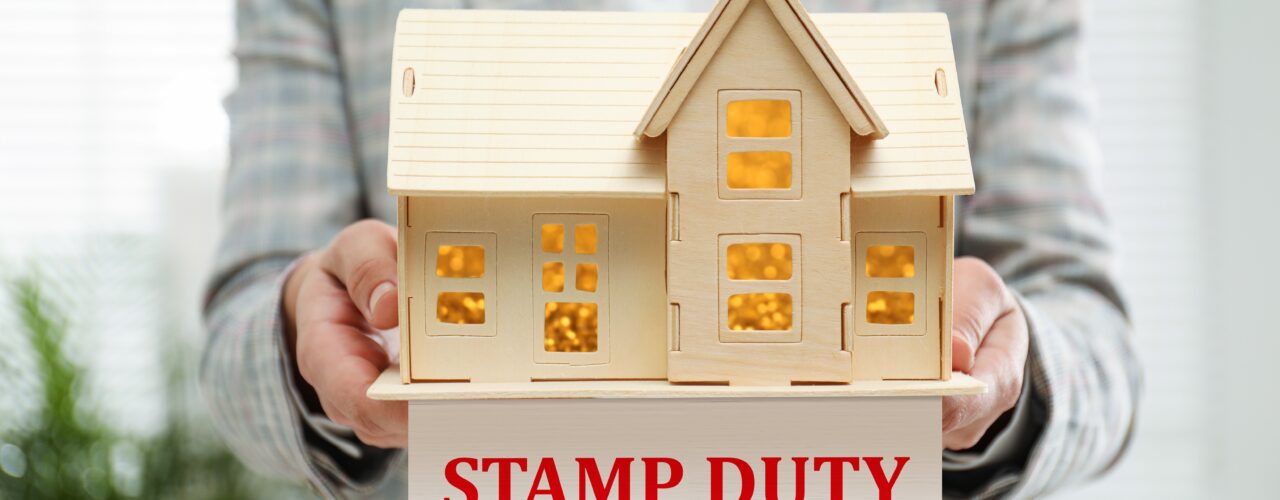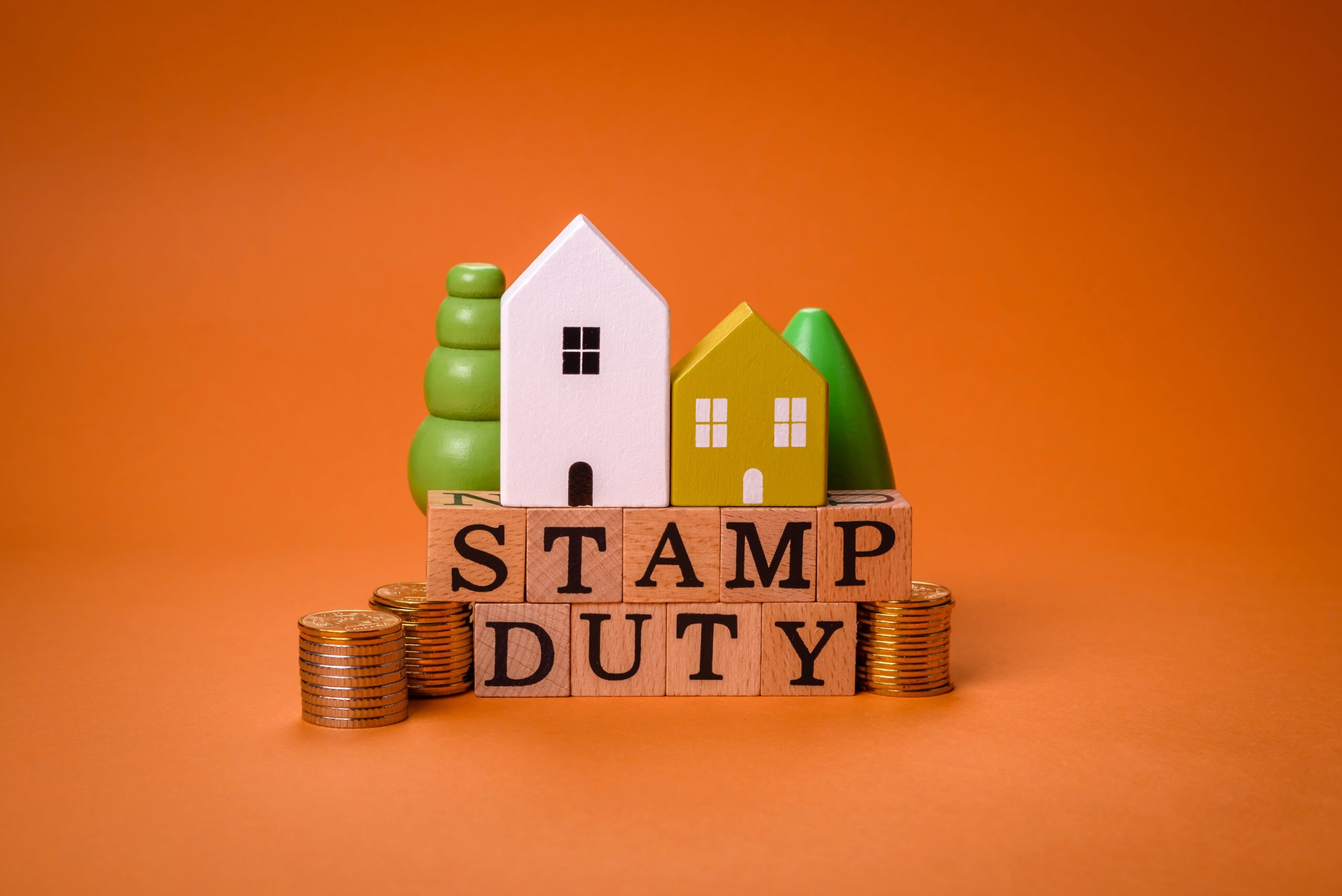
Do Landlords Pay Stamp Duty on their Main Residence?
10-08-2025 | FinancialAs a landlord, stamp duty is part and parcel of owning properties and renting them out. Stamp duty is a tax that is paid when you buy a property, and only if the price exceeds the relevant threshold. It is not a tax that all homeowners automatically pay.
This article will provide you with an overview of stamp duty on a landlord’s main residence. Whether you are just starting out as a landlord or you have a portfolio of properties, it is important that you pay the right stamp duty costs to protect you and your investments.
What is stamp duty, and how much is it?
Stamp duty is a tax that anyone who purchases a property in England or Northern Ireland must pay. In Scotland, there is a Land and Buildings Transaction Tax and in Wales there is the Land Transaction Tax. The amount you pay will depend on various factors such as the property price and how many properties you own.
Stamp duty rate for properties in England and Northern Ireland
- Up to 125,000 – 0%
- £125,001 – £250,000 – 2%
- £250,001 – £925,000 – 5%
- £925,001 – £1.5 million – 10%
- Over £1.5 million – 12%
Stamp duty rate for properties in Scotland
- Up to 145,000 – 0%
- £145,001 – £250,000 – 2%
- £250,001 – £325,000 – 5%
- £325,001 – £750,000 – 10%
- Over £750,000 – 12%
Stamp duty rate for properties in Wales
- Up to 225,000 – 0%
- £225,001 – £400,000 – 6%
- £400,001 – £750,000 – 7.5%
- £750,001 – £1.5m – 10%
- Over £1.5m – 12%
Do landlords pay stamp duty on their main residence?
Yes, landlords pay stamp duty on their main residence when they purchase it. If you are buying a new home but it is replacing your previous home, you will only be subject to standard stamp duty rates.
If you own another property or you have not sold your previous home before purchasing another, you may be charged the higher 5% rates for additional properties. However, if you do sell your main residence within 36 months, you may be entitled to claim a refund.
Are there any stamp duty exemptions for landlords?
Unfortunately, there is no way to escape paying stamp duty even as a landlord. However, there are some exemptions that may apply:
- If you are a first-time buyer relief (not typically applicable to landlords)
- Your property value is below the SDLT threshold
- Replacements of main residences, which are exempt from the 3%–5% surcharge
Don’t just assume that you qualify for any of the above exemptions; it is always important to check and prevent any fines or additional charges.
Do landlords have to pay extra stamp duty for buy-to-let properties?
Yes, all landlords who decide to purchase additional properties, including buy-to-let properties, will be subject to an additional stamp duty surcharge. Depending on the purchase price and the location, this surcharge can vary.
Whether you are buying a new main residence or expanding your buy-to-let portfolio, it is important to understand the stamp duty owed on the property. While landlords do pay for stamp duty on their main residence, you don’t automatically have to pay the surcharge, unless you own additional properties at that time.
To avoid overpaying or underestimating your liability, it’s a good idea to use a stamp duty calculator or seek advice from a property tax specialist. Keeping your taxes in check is an essential part of building a sustainable property business.
For more information on how to protect your property as a landlord, be sure to visit our resource centre. At CIA Landlords, we have the expertise to find the best landlord insurance deals that are suitable for your needs. Contact us today at 01788 818 670 for a quote!
We won't be beaten on any like for like landlord insurance quote.
Get a quote

